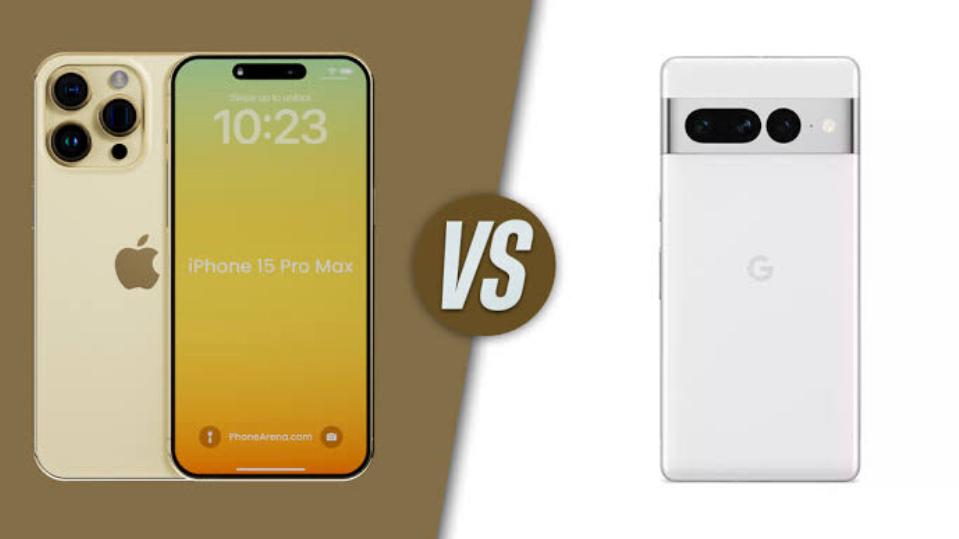As the highly anticipated release of Apple’s iPhone 15 series approaches, the spotlight is on the flagship iPhone 15 Pro Max. Packed with a refreshed design, a USB Type-C port, a periscope camera, and more, it promises to be the most advanced phone from Apple this fall. However, in the world of Android, Google is preparing its own answer to the iPhone 15 Pro Max with the highly anticipated Pixel 8 Pro. With leaks and rumors circulating, let’s dive into a comparison between these two powerhouses.
Expected Differences:
- Chipset: The iPhone 15 Pro Max will feature the cutting-edge 3nm Apple A17 Bionic, while the Pixel 8 Pro will likely come with the third-generation Google Tensor chipset, focused on AI and machine learning capabilities.
- Operating System: The iPhone 15 Pro Max will run iOS 17, while the Pixel 8 Pro will operate on Android 14.
- Design: Apple is rumored to switch to a lighter and more durable titanium build, while Google may stick with the aluminum-glass design seen in previous Pixel models.
- Display: The iPhone 15 Pro Max will showcase a 6.7-inch ProMotion OLED with thin bezels, while the Pixel 8 Pro is expected to offer a 6.7-inch LTPS OLED with a 120Hz refresh rate.
- Memory and Storage: The iPhone 15 Pro Max is likely to have 8GB of RAM and various storage options up to 1TB, while the Pixel 8 Pro may offer 8-12GB of RAM and up to 512GB of storage.
- Camera: The iPhone 15 Pro Max might introduce a 5X-6X periscope camera for enhanced zoom capabilities, while the Pixel 8 Pro could sport a triple camera setup, leveraging software algorithms for impressive photography.
- Battery and Charging: Battery capacities are yet to be confirmed, but the iPhone 15 Pro Max is expected to improve efficiency with a 3nm chipset, potentially outlasting its predecessor. Both phones may support wireless charging, with the Pixel 8 Pro possibly offering up to 23W wired charging.
In this comprehensive preview, we delve into the upcoming battle between Apple’s iPhone 15 Pro Max and Google’s Pixel 8 Pro. Exploring their potential differences in design, display, performance, camera capabilities, and more, we examine how these devices could shape the smartphone landscape. With both companies aiming to captivate consumers, this article provides valuable insights into what the future holds for flagship smartphones.


